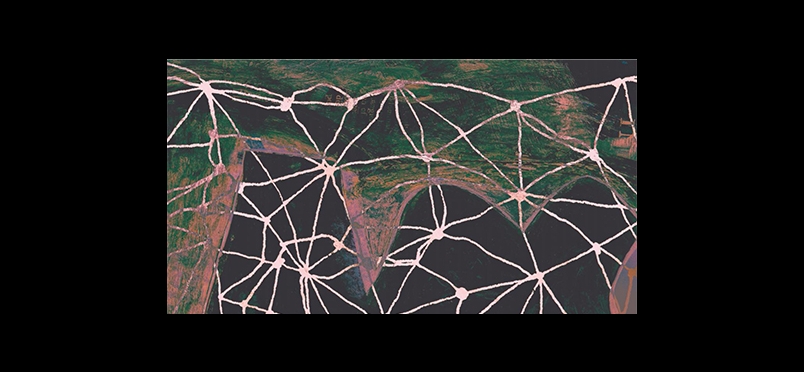| joint dysfunction
A New Way to Rebuild Complex Body Tissues

Better Lasting Fixes for Joint Instability and Pain
The journal Advanced Materials reports findings that may lead to rebuilt cartilage and other body tissues. “We found that we were able to arrange objects, such as cells, in ways that could generate new, complex tissues without having to alter the cells themselves,” said the study’s first author, Hannah Zlotnick, a graduate student in Bioengineering who works in the McKay Orthopaedic Research Laboratory at Penn Medicine. Repairs to damaged tissues usually involves filling a hole, much like a pothole, but also like pothole fillers, that repair material can wear away. In order to “repave” rather than just fill, “the research team found that if they added a magnetic liquid to a three-dimensional hydrogel solution, cells, and other non-magnetic objects including drug delivery microcapsules, could be arranged into specific patterns that mimicked natural tissue through the use of an external magnetic field.”
The technique—magneto-patterning—allows recreation of articular cartilage, which covers the ends of bones. “These magneto-patterned engineered tissues better resemble the native tissue, in terms of their cell disposition and mechanical properties, compared to standard uniform synthetic materials or biologics that have been produced,” said senior author Robert Mauck, PhD, director of the McKay Lab and a professor of Orthopaedic Surgery and Bioengineering. “By locking cells and other drug delivering agents in place via magneto-patterning, we are able to start tissues on the appropriate trajectory to produce better implants for cartilage repair.” Although this is an early step in the research, the hope is to eventually “generate living joint surfaces” for more efficient, longer-lasting, repairs in humans.
Read the full press release.
Access the journal article.
Other Categories:
Did you enjoy this article?
Subscribe to the PAINWeek Newsletter
and get our latest articles and more direct to your inbox
